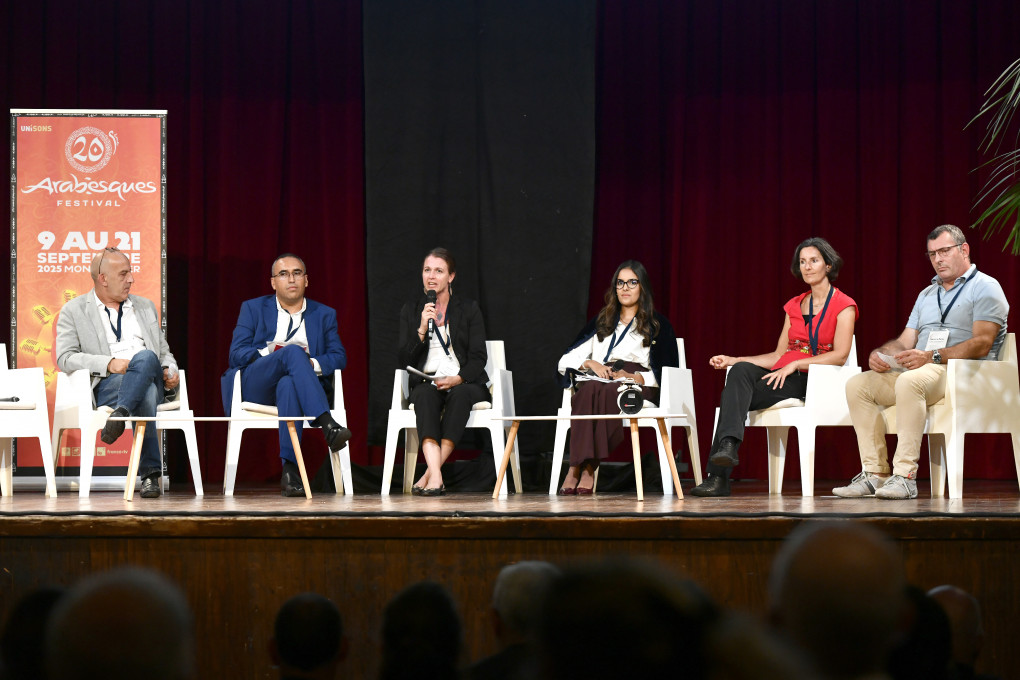“We benefit from extraordinary momentum in Morocco,” says Élodie Haté, director of development at MGH Energy, a company based in Pérols, next to Montpellier.
On September 9, as part of the “Cap sur le Maroc” (Destination Morocco) discussion day, she enthusiastically presented the Janassim project that her company, which specializes in the development of renewable synthetic fuels, is currently undertaking in the Dakhla-Oued Ed-Dahab region in Morocco’s southern provinces.
The Janassim project involves developing, building, and operating an e-fuel production plant on 30,000 hectares of land in the first phase (80,000 hectares in the long term) near the Dakhla Atlantic port currently under construction. MGH Energy, which won the Port of the Future Trophy in 2018 for its electric pilot boat docked in the port of Sète, is an active player in the decarbonization of maritime and air transport. “The Kingdom of Morocco says what it does and does what it says,” comments Élodie Haté.
Morocco is pushing ahead with a highly ambitious infrastructure policy, one of the pillars of its growth and attractiveness. “Over the past 25 years, business momentum has been stimulated by strategic investments in transport and industry,” confirms Youssef Tber, Director of Investment and Export at AMDIE.
Other seaports are being developed in addition to Dakhla Atlantique, such as Tanger Med, along with airports, rail, road, and highway networks. “Morocco is developing very quickly as a hub for West Africa,” adds Nicolas Felter, Export Director of Montpellier-based Simpliciti and its Casablanca-based subsidiary Sabatier. “With the African Cup of Nations to be held later this year and the World Cup in 2030 being organized by the Kingdom of Morocco, a whole new world of opportunities is opening up for businesses, particularly in fields relating to mobility, irrigation, and smart watering systems,” he adds.
While France is one of Morocco’s two main trading partners alongside Spain, France is the leading foreign investor, and close, long-standing ties exist between the Kingdom of Morocco, Occitanie, and Montpellier in particular. Present in Casablanca through one of its “Maisons à l’international” international offices, Occitanie Region and AD’OCC officially launched Club Maroc Occitanie in March 2024, which already had more than 145 member companies and partners at the time of the event.
As part of its efforts to accelerate economic development, the Kingdom of Morocco introduced a new policy in 2022 to support foreign companies setting up and investing in the country. “Subsidies can represent up to 30% of the total investment amount, provided certain criteria are met, such as employment, gender equality, and sustainable development,” explains Youssef Tber.
One of the sectors receiving strong support is renewable energy. It already provides nearly 30% of Morocco’s energy mix and, according to the Kingdom’s targets, is expected to increase to 50% by 2030.
“Renewable energy deployment is remarkable in Morocco,” notes Gilles Taillades, head of the Energy Master’s program at University of Montpellier.
The Montpellier-based group Qair can confirm this. Present in Morocco since 2011, , the company is currently involved with two projects: the Tetouan wind farm (390 GWh/year, scheduled to be operational in 2029) and the Tiznit solar power plant (115 GWh/year, scheduled to be operational at the end of 2027). Qair is also building its expertise in green hydrogen in Occitanie, notably through the Hyd’Occ project in Port-la-Nouvelle (in France’s Aude department) which Guirec Dufour, Qair’s Managing Director for France, presented during the Cap sur le Maroc event.
Green hydrogen is another promising sector. Morocco wants to position itself as a competitive player in the production and export of green hydrogen and its derivatives. Created in 2021, the GreenH2 Morocco cluster unites all the players in its ecosystem, numbering “around a hundred at this time,” according to its Managing Director, Mourad Hajjaji.
“Based on the roadmap, our target is to produce 3 to 5 gigawatts of electrolysis by 2030, with Morocco hoping to account for 1% of global production by 2050, corresponding to 50 gigawatts of electrolysis,” he added.
Achieving these targets will require support in developing new production technologies. That is why, in December 2024, GreenH2 Morocco signed an agreement with HyDeO Occitanie at the EnerGaïa forum in Montpellier.
The healthcare sector was not left behind. A round table discussion on AI in healthcare and medical diagnostics provided insight on the extent to which Morocco is encouraging the integration of digital technologies, particularly AI and quantum computing, disruptive solutions that are completely transforming our lives, especially in medicine, as brilliantly explained by Karim Amor, CEO of Epineon and author of Renaissance Now. These are all areas in which Montpellier-based companies and research organizations also excel. Montpellier’s Septeo group is accelerating its pace and investing heavily in this direction, while Montpellier University Hospital is a recognized pioneer in generative AI. Both were present at the event.
Morocco also wants to strengthen its presence in the Cultural and Creative Industries sector (CCIs). It has the support of Montpellier’s particularly dense and comprehensive ecosystem.
“If there are any producers or broadcasters in the room, please be aware that Morocco is open. There are no restrictions for them to set up there,” said Mustapha Mellouk, president of the Broadcasting & Distribution division of the Morocco FICC and founding president of Casablanca Media Partners.
“We can join forces to pursue economic and cultural cooperation,” replied Laurence Schwob, Director of Development France 2030 and External Growth at France.TV Group. Morocco is truly a land of opportunity for Montpellier-based companies.
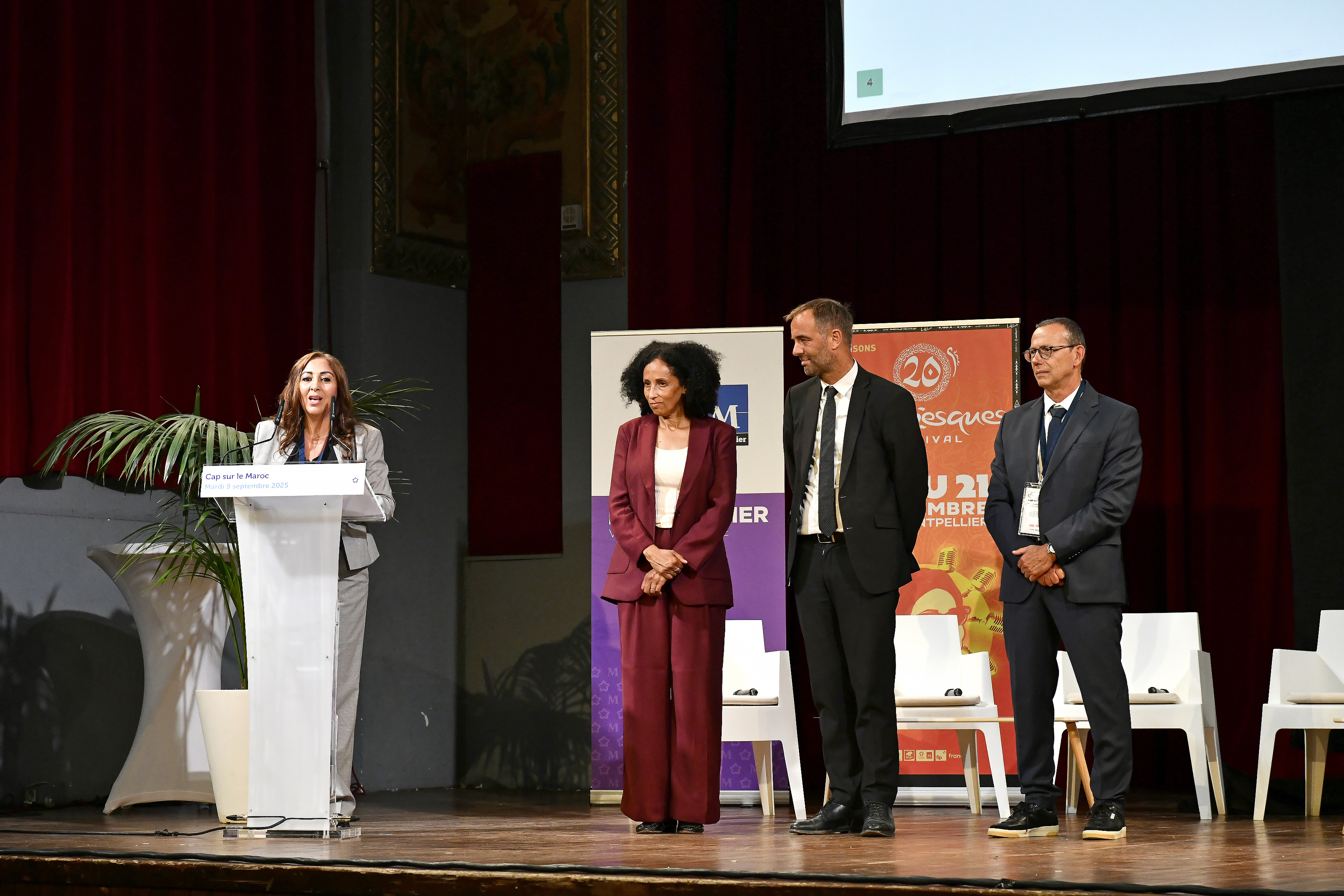
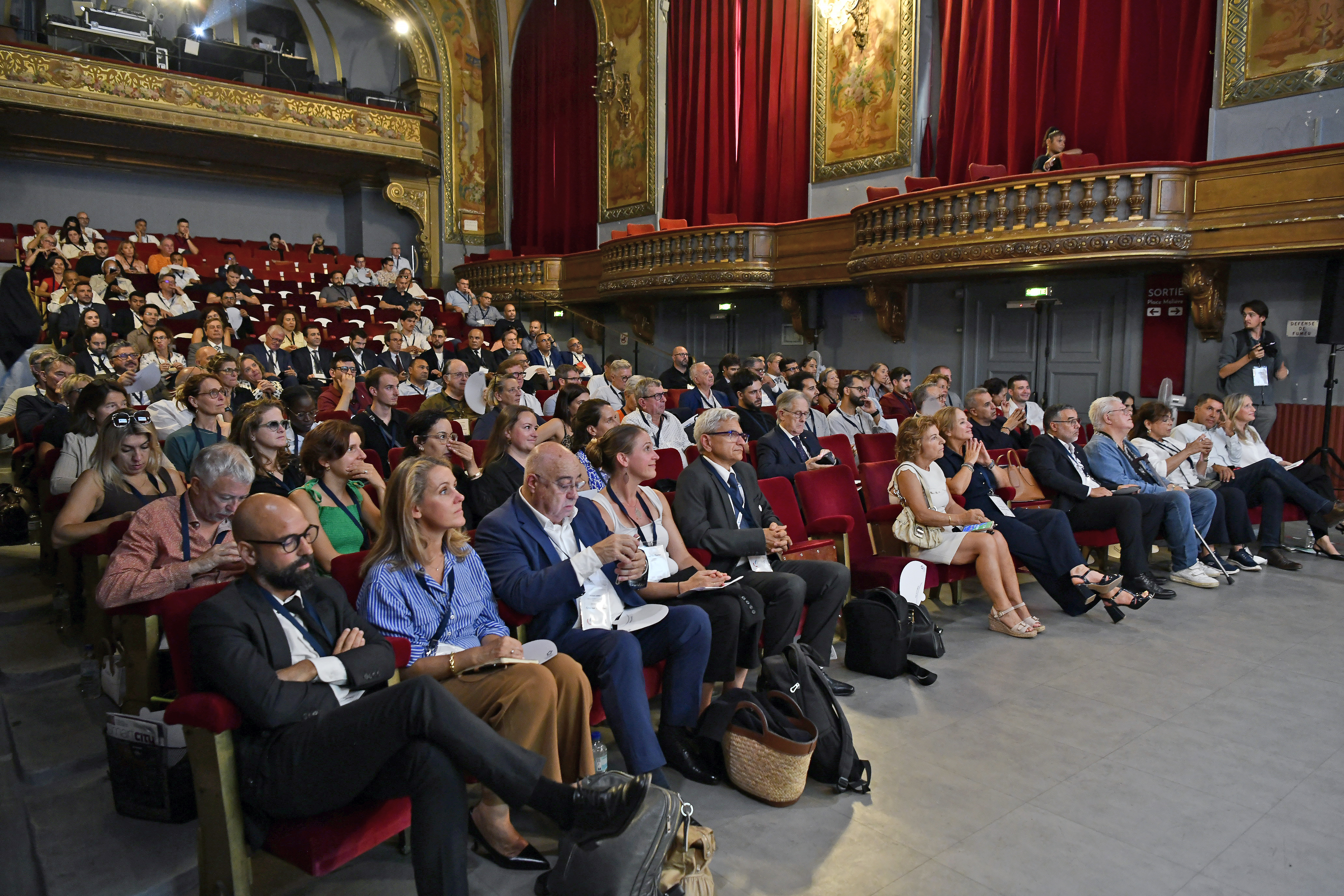
Photos ©3M ©Cécile Marson
